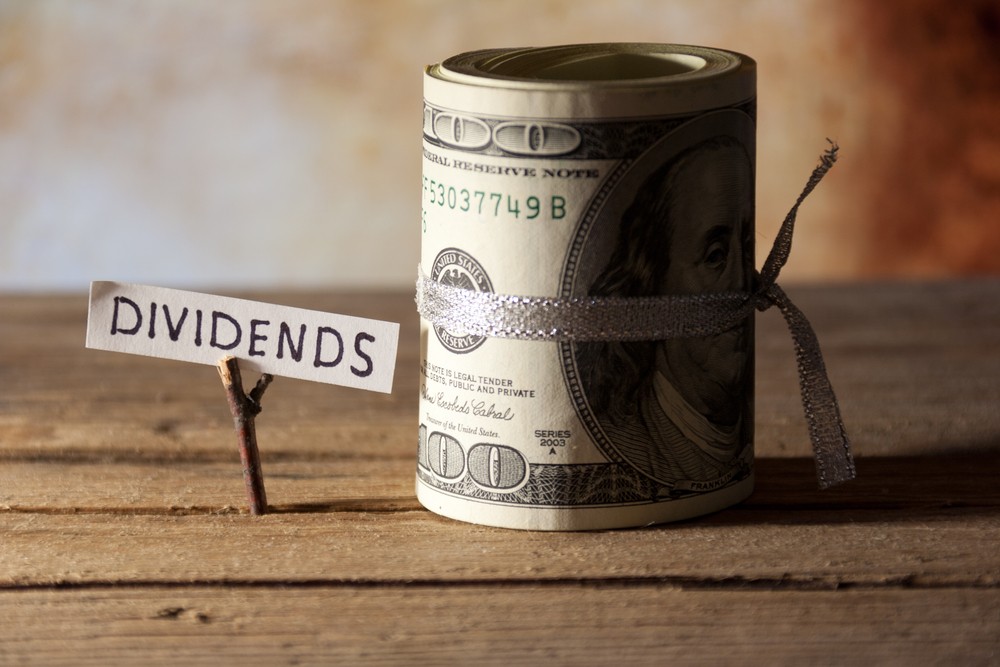When Must I Buy a Stock to Get the Dividend
Post on: 16 Март, 2015 No Comment

NEW YORK (TheStreet ) — The one question I hear most often about dividends is when do I have to buy a stock in order to receive the payment?
The answer is more complicated than you would think. The company doesn’t tell you this date when the dividend is announced and it’s not published on the quote pages of TheStreet.com. Yahoo Finance or even the expensive Bloomberg terminal on my desk.
That is, until I coined the term must-own date over a decade ago. Terms like record date and ex-date are commonly thrown around in dividend parlance, but the must-own date is the simple answer that most folks want to drill down to.
Here’s how to determine the must-own date for any dividend, so you’ll never be confused by this important question again.
First, when most dividends are announced, the company generally says it is payable to shareholders of record on a certain date. This is useful information, but investors often confuse the record date as the cutoff to receive the dividend.
The difference is that stock trades actually settle three days after the fact, even if you’re a frequent trader that buys and sells the same name several times a day. Similarly, the ex-date is two trading days before the record date, so another way to look at the must-own date is the day before a stock goes ex-dividend.
So now that we know to subtract three days from the record date in order to determine the must-own date, how do the dynamics of the dividend actually work?
Here’s an example: Pfizer (PFE ) — which is a holding in the model portfolio of our Dividend Stock Advisor newsletter- increased its quarterly dividend earlier this month, to $0.28 a share (3.6% yield). The company will pay the dividend on March 3, 2015 to shareholders of record on Friday, Feb. 6, 2015.
Looking at the calendar, we can determine that the ex-date will be Wednesday, the 4th and the must-own date will be Tuesday, the 3rd. Again, only investors at the close of trading on Tuesday, the 3rd will receive the dividend.
You could have owned Pfizer for five years, but if you sell it on the must-own date, you will not receive the payment. On the other hand, it’s possible to buy Pfizer shares in the final minutes of trading on Tuesday, the 3rd and receive the full dividend.
At the open of trading on the ex-date, Wednesday, the 4th, Pfizer shares will be adjusted 28 cents lower. This is to reflect the dividend being taken out of the stock, but there’s no penalty because of the adjustment.
With that in mind, an investor can technically buy Pfizer at 3:59 p.m. ET on the 3rd and sell it at 9:31 a.m. ET on the 4th and still receive dividend in their account on March 3.
Dividends are an important part of investing for long-term growth, but the mechanics of how they’re paid can be confusing for investors of any level. Check back here regularly to learn more about how dividends work and how they can be used to enhance overall returns.
Dividend investors, find dividend stock ideas in our dividend investor center. Also, don’t forget to bookmark our list of high-dividend stocks and ex-dividend date calendar. New to dividend investing? Don’t miss Dave’s primer on how to invest in dividend stocks .














